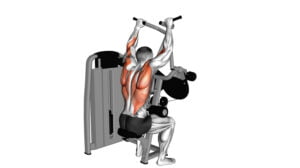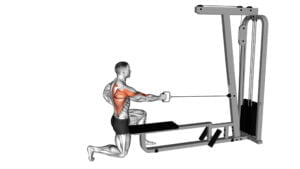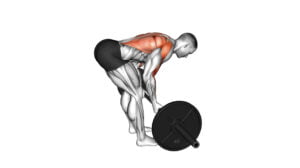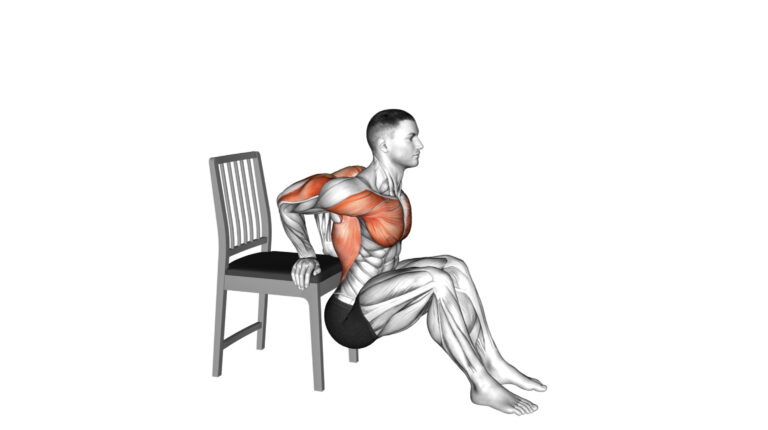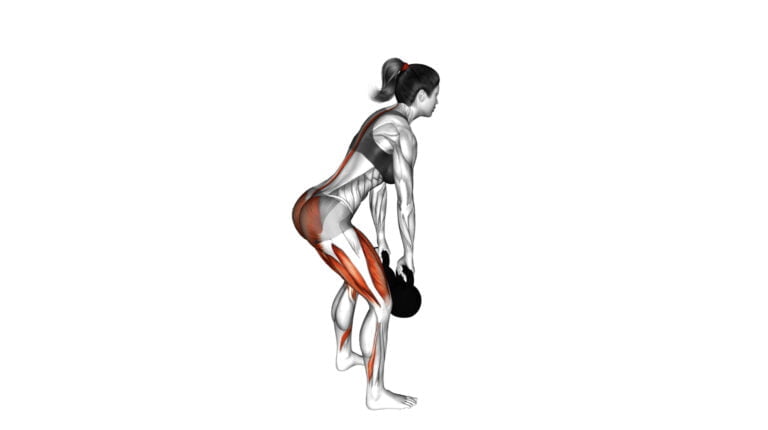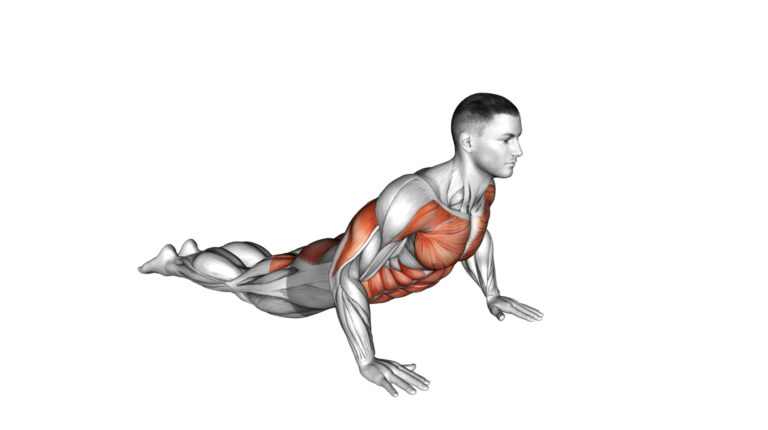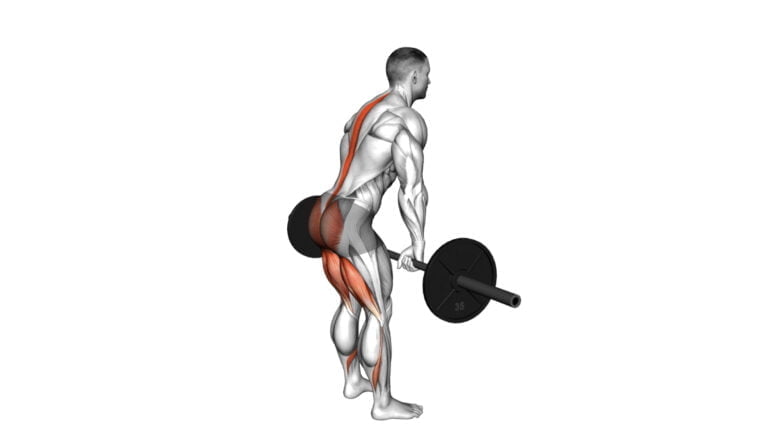10 Lat Pulldown Machine Exercises To Build Muscle And Strength
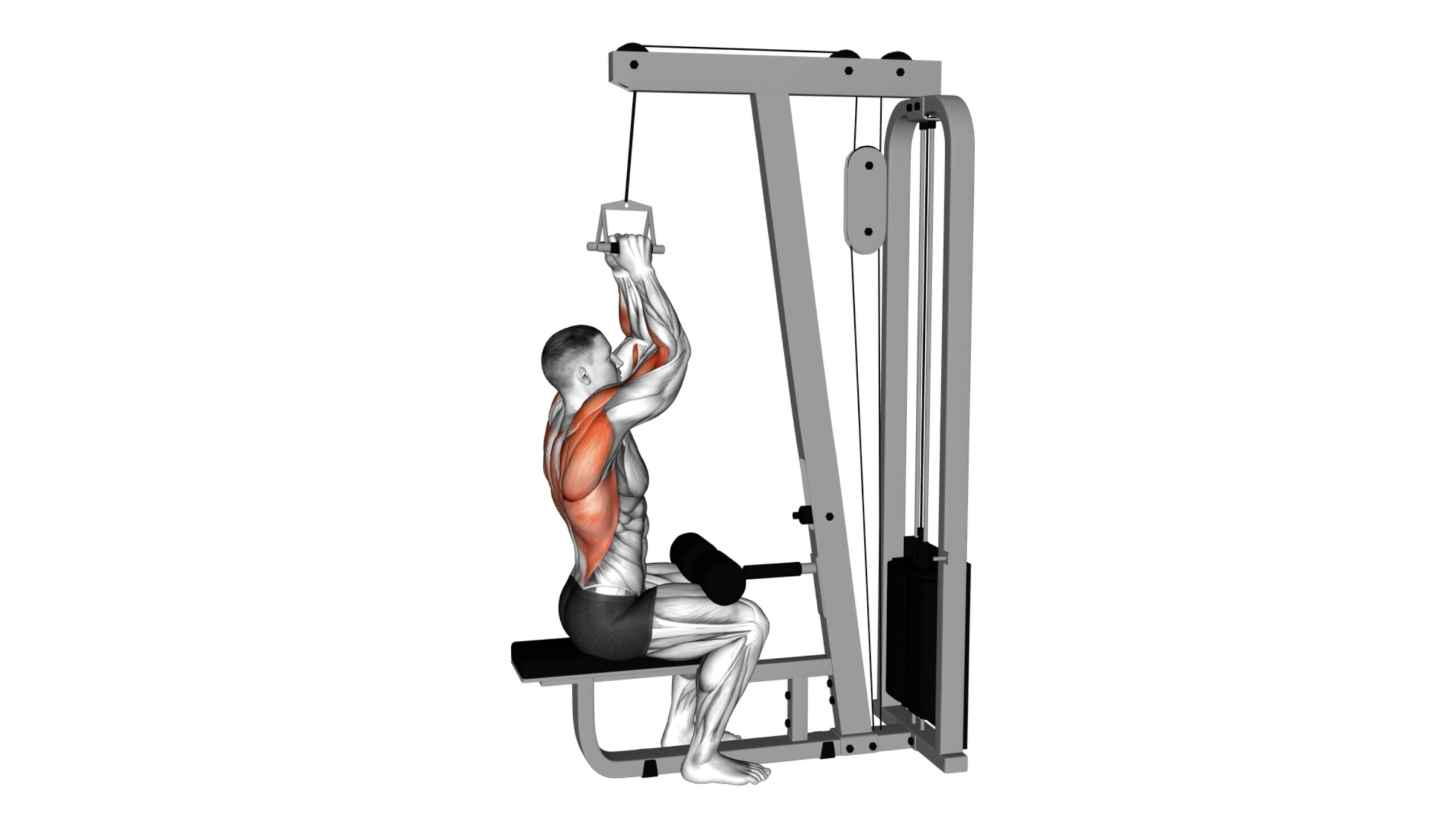
Unlocking the potential of a lat pulldown machine exercises goes beyond simple pull-down motions—it’s about engaging in a symphony of movements that sculpt your upper body into its most powerful form.
My years as a certified personal trainer have taught me that mastering this versatile piece of equipment can transform an average workout routine into one with staggering results, especially when it comes to building muscle and strength across the back, arms, and core.
Among the multitude of exercises available on this crucial gym staple, ten stand out for their profound impact on total upper body development. This article will delve deep into these select workouts, all engineered to fortify your lats—those essential muscles responsible for giving athletes their coveted V-shaped torsos—and blend compound and isolation movements for balanced growth.

Get ready to elevate your fitness game with expert insights that are set to redefine how you approach lat pulldowns. Let’s dive in!
Key Takeaways
- Lat pulldown machines target the upper body, particularly the back, arms, and core muscles.
- Key variations like Cable Bar Lateral Pulldown and Cable Close – Grip Front Lat Pulldown focus on different muscle groups for comprehensive development.
- Proper form, breathing technique, and avoiding common mistakes are crucial to maximize the benefits of lat pulldowns and prevent injury.
- Varying grip positions such as wide or narrow can isolate specific muscles for more targeted workouts.
- Consistency with recommended sets and reps is important for building strength and muscle effectively.
Benefits of Using a Lat Pulldown Machine
The lat pulldown machine is a versatile piece of equipment that helps to build muscle and strength in the back, arms, and core. It targets various muscle groups simultaneously, making it an efficient choice for upper body workouts.
Builds muscle and strength in the back, arms, and core
Engaging in lat pulldown machine exercises lays the foundation for a solid and powerful upper body. These compound movements target key areas such as your biceps, triceps, shoulders, and particularly the latissimus dorsi – the broad muscles spanning the width of your back.
The resistance involved in pulling down against gravity not only challenges these muscle groups but also activates your core to stabilize you throughout each repetition. As you grip the bar and pull it towards your chest, you’re giving those arm muscles a thorough workout while also firming up that essential core area.
With consistent practice on a lat pulldown machine, expect to see an increase in both muscular endurance and strength across multiple muscle cohorts. Every pull engages secondary movers like teres major and minor, along with engaging parts of the rotator cuff group adding to overall shoulder health and functionality.
This versatile piece of equipment allows for variations in grip—whether wide or narrow, pronated or supinated—which can further refine how different muscles are recruited during workouts.
Just imagine: with every rep comes more defined arms, a broader back capable of lifting heavier loads outside of the gym environment; all reflective of true gains made possible by this targeted training modality.
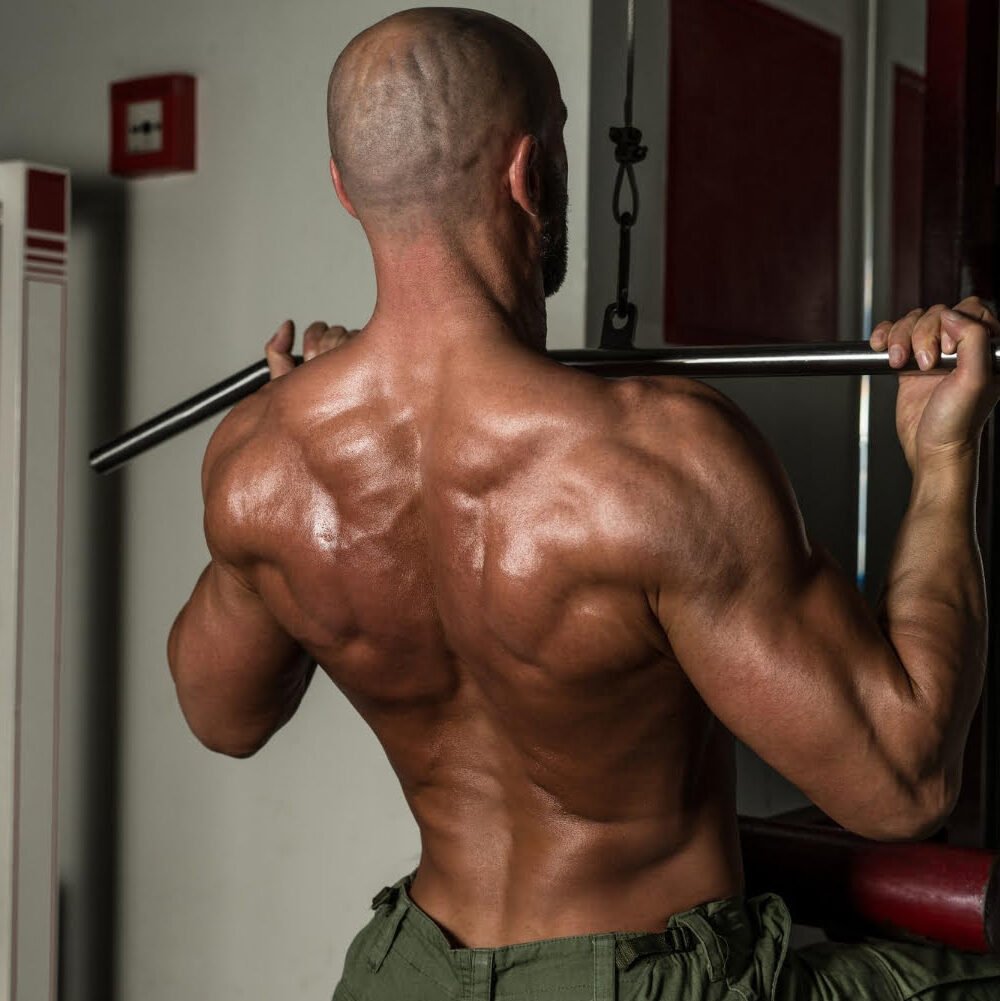
Targets various muscle groups
Working out with a lat pulldown machine isn’t just about building a broad, well-defined back; it’s an all-encompassing upper-body experience. This powerhouse piece of equipment engages the mighty latissimus dorsi while also calling upon the supportive roles of your biceps, trapezius, rhomboids, and even your core muscles for stability.
Every pull-down movement you execute not only strengthens these primary movers but also activates numerous stabilizing muscles that contribute to an overall balanced physique.
Different variations on the lat pulldown allow you to hone in on specific areas for targeted development. By adjusting your grip or switching up angles, you can emphasize different muscle fibers within those groups for greater growth and symmetry.
For instance, using a wider overhand grip will place more focus on your shoulder blades and upper lats whereas a closer underhand grip can shift some workload to your biceps brachii for that extra arm flexion challenge.
Next up, discover how to maximize each rep with impeccable form and technique.
Top 10 Lat Pulldown Machine Exercises
Master the Cable Bar Lateral Pulldown, Cable Close-Grip Front Lat Pulldown, and other effective exercises to target various muscle groups and build strength in your back, arms, and core.
1. Cable Bar Lateral Pulldown
Engage your latissimus dorsi, biceps, and forearms with the cable bar lateral pulldown for a formidable upper-body workout. Sit squarely in front of the machine, grasp the bar with both hands wider than shoulder-width apart, and pull it down smoothly towards your chest.
This powerful move not only builds muscle but also bolsters stability throughout your core and back.
Maintain a strong posture as you execute each rep; this precision fosters better body alignment and minimizes injury risk. As you finish your set of cable bar lateral pulldowns, prepare to switch gears to our next exercise: Cable Close-Grip Front Lat Pulldown will challenge your muscles from a different angle for balanced strength development.
2. Cable Close-Grip Front Lat Pulldown
The Cable Close-Grip Front Lat Pulldown specifically targets the latissimus dorsi, upper back muscles, and biceps. By using a close grip handle on the cable machine, this exercise intensifies the workout by allowing for a more focused movement.
The key action involves pulling the bar down in front of your body towards your chest while keeping your elbows close to your sides. This exercise is effective in increasing strength and muscle mass in both the back and arms.
It’s crucial to maintain proper form and control throughout to maximize its benefits.
3. Cable Cross-over Lateral Pulldown
Transitioning from the Cable Close-Grip Front Lat Pulldown to the Cable Cross-over Lateral Pulldown, this exercise offers an effective way to target and build the latissimus dorsi muscles.
By utilizing a cable machine with two separate cables, it provides a wider range of motion than traditional pulldowns. This exercise targets not only your back but also engages your core for stability and strength.
Proper form is crucial for maximizing its effectiveness.
To perform this exercise, sit facing away from the cable machine with each side of the handle in hand, then pull down one cable at a time while maintaining control throughout the movement.
4. Cable Kneeling One Arm Lat Pulldown
Transitioning from the Cable Cross-over Lateral Pulldown, let’s explore the Cable Kneeling One Arm Lat Pulldown. This exercise engages the latissimus dorsi muscle, commonly known as the lats.
By using a cable machine and a single handle attachment, this exercise allows for unilateral movement and targeting of specific muscle groups.
Incorporating the kneeling position stabilizes the body and isolates the lats for an intense and focused workout. This targeted approach contributes to improved overall back strength and muscle development while also enhancing grip strength and stability through unilateral control of weight and movement.
5. Cable Lat Pulldown Full Range Of Motion
The Cable Lat Pulldown Full Range Of Motion is a top exercise choice for building muscle and strength, targeting the latissimus dorsi, biceps, and forearms. By pulling the cable attachment down towards the chest with proper form and control, this exercise ensures full engagement of the muscles throughout the movement.
Adjusting resistance levels makes it suitable for individuals of varying strength levels. It’s important to maintain proper form throughout to maximize effectiveness and minimize injury risk.
This exercise involves keeping the back straight and chest lifted during each repetition for optimal engagement. The full range of motion in this exercise helps ensure complete activation of targeted muscles throughout each movement, making it an excellent addition to any workout routine aiming at improving upper body strength and muscle growth.
6. Cable Lateral Pulldown with V-bar
The V-bar attachment on the lat pulldown machine provides a neutral grip, shifting the focus to target the latissimus dorsi from a different angle. This variation of the exercise effectively engages and strengthens the lats, contributing to improved muscle definition and overall back strength.
To maximize results and prevent injury, proper form and technique are essential when performing Cable Lateral Pulldown with V-bar.
Incorporating this exercise into a comprehensive back workout routine can significantly contribute to achieving muscle-building and strength goals, making it an impactful addition to any fitness regimen aimed at enhancing back development.
7. Cable Lateral Pulldown with Mag Grip
Transitioning from the V-bar to the mag grip, this exercise offers a versatile hand position that targets different areas of the back. With the mag grip attachment, you can effectively engage your latissimus dorsi muscles, promoting muscle development and strength in your back.
Maintaining proper form and technique is crucial for avoiding injury and maximizing the benefits of this exercise. By incorporating cable lateral pulldown with mag grip into your routine, you can work toward developing a strong and well-defined back while adjusting the workout to suit various fitness levels and goals.
8. Cable Neutral Grip Lat Pulldown
The Cable Neutral Grip Lat Pulldown ranks among the top 10 lat pulldown machine exercises. It specifically targets the latissimus dorsi (lats) muscles, which play a key role in pulling movements.
Using a neutral grip with palms facing each other engages the lats while ensuring a comfortable grip. This exercise can be performed with different attachments, such as straight bars or D-grip handles, to effectively target the lats from various angles.
When executed with proper form and technique, it contributes to significant upper back, shoulder, and arm muscle development.
9. Cable One Arm Pulldown
Transitioning from the Cable Neutral Grip Lat Pulldown, let’s explore the effectiveness of the Cable One Arm Pulldown. This exercise efficiently targets the lat muscles, emphasizing individual sides of the back for improved muscle activation and strength.
Utilizing a single-handle attachment on a cable machine, this movement allows for unilateral training, fostering balance and symmetry in back development. Proper technique is key to isolating the lat muscles effectively while reducing the risk of injury.
Engage in this exercise as part of your larger lat pulldown workout routine to enhance overall back strength and stability. Whether you’re aiming for better performance in various exercises or seeking functional strength for daily activities, incorporating Cable One Arm Pulldowns can lead to significant improvements in your back musculature.
10. Cable Parallel Grip Lat Pulldown on Floor
The cable parallel grip lat pulldown on the floor effectively targets the latissimus dorsi, biceps, and upper back muscles. With the parallel grip setup on the floor, you can engage a different range of motion and activate specific muscle groups compared to traditional lat pulldown machines.
It’s crucial to maintain proper form and control throughout this exercise to maximize its benefits. By adjusting your hand placement and grip width, you can effectively target and develop various muscle groups in your back.
Incorporating the cable parallel grip lat pulldown on the floor into your workout routine contributes to building a stronger and more muscular back.
How to Properly Perform Lat Pulldown Exercises
Ensure proper form and technique by keeping your chest up, shoulders down and back, and elbows close to your body. Remember to engage your core throughout the movement and breathe out as you pull the bar down.
To learn more about the correct execution of each exercise, keep reading!

Proper form and technique
Maintain a straight posture and engage the core to ensure proper form during lat pulldown exercises. Keep shoulders down and back, pulling the bar towards the chest to effectively target the lats and upper back muscles.
Control the movement, both on the way down and up, to maximize muscle engagement while preventing swinging or momentum.
Grip width and hand position vary depending on the specific lat pulldown exercise being performed; use appropriate grip for targeting desired muscle groups. Adjust weight and resistance to a challenging yet manageable level for building muscle strength in your routine.
Common mistakes to avoid
Using momentum to pull the weight down can lead to reduced effectiveness and potential injury. Another common mistake is using too much weight, which can compromise form and increase the risk of injury. Not fully extending the arms at the top of the movement limits muscle engagement. Failing to engage the lat muscles and relying too much on the arms and shoulders reduces effectiveness. It’s important to avoid excessively leaning back during lat pulldown exercises as it can strain the lower back. Additionally, using a grip that is too narrow or too wide limits range of motion and muscle engagement in the lat pulldown exercise.
Importance of proper breathing
To optimize your lat pulldown exercises, it’s crucial to understand the significance of proper breathing. Deep diaphragmatic breaths contribute to stabilizing your core and sustaining form during lat pulldowns.
Exhaling during the exertion phase empowers your movements and boosts overall efficiency, while inhaling through the release phase maintains control and stability, reducing the risk of dizziness or lightheadedness.
Additionally, correct breathing techniques play an integral role in minimizing muscular tension and fatigue, improving overall performance while reducing the potential for injuries.
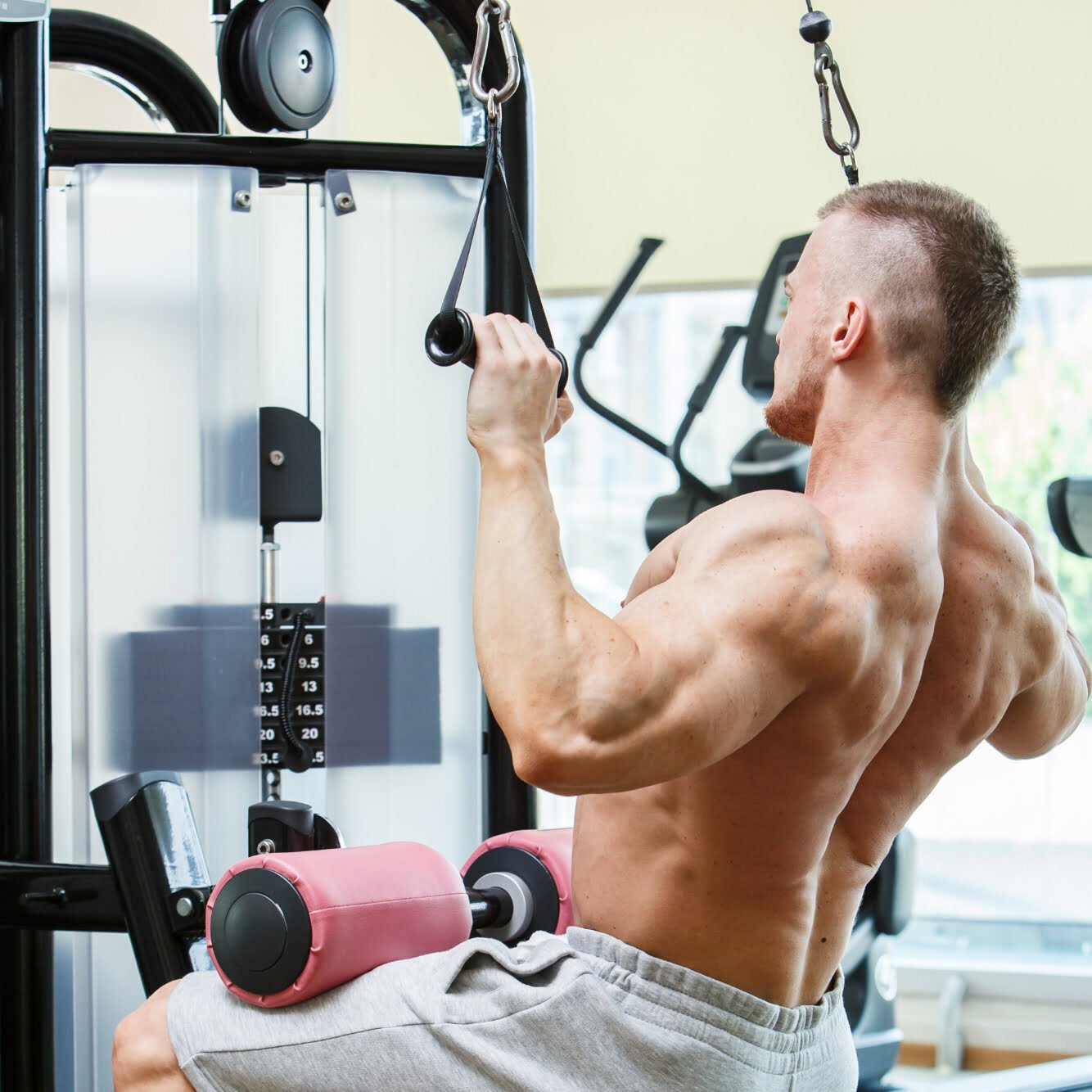
Recommended Sets And Reps
When mapping out your training regimen, paying close attention to the recommended sets and reps for lat pulldown exercises is crucial. These guidelines, based on fitness consensus, help ensure you’re working within a range that promotes muscle growth and strength without overtaxing your system.
| Exercise | Sets | Reps |
|---|---|---|
| Cable Bar Lateral Pulldown | 3-4 | 8-12 |
| Cable Close-Grip Front Lat Pulldown | 3-4 | 8-12 |
| Cable Cross-over Lateral Pulldown | 3-4 | 8-12 |
| Cable Kneeling One Arm Lat Pulldown | 3-4 | 8-12 |
| Cable Lat Pulldown Full Range Of Motion | 3-4 | 8-12 |
| Cable Lateral Pulldown with V-bar | 3-4 | 8-12 |
| Cable Lateral Pulldown with Mag Grip | 3-4 | 8-12 |
| Cable Neutral Grip Lat Pulldown | 3-4 | 8-12 |
| Cable One Arm Pulldown | 3-4 | 8-12 |
| Cable Parallel Grip Lat Pulldown on Floor | 3-4 | 8-12 |
Adhering to the structure of this table will guide your workouts towards optimal muscle engagement and growth. Remember, selecting the appropriate weight is just as critical as the rep and set count. You must challenge your muscles, but never at the expense of form. A lighter weight for the initial set functions as an effective warm-up, preparing your muscles for the work ahead. Controlled motion through the entire range of motion maximizes the effectiveness of each rep and set. With discipline and attention to these guidelines, you’ll be forging a path toward a stronger, more sculpted upper body.

Conclusion: Incorporate these Lat Pulldown Exercises Into Your Routine for Stronger and More Defined Muscles
Enhance your back, arm, and core strength with these 10 diverse lat pulldown exercises. Mastering these movements offers practical advantages for overall muscle development. Implement the techniques to address specific muscular imbalances for improved stability and strength.
By incorporating these exercises into your routine, you can achieve significant improvements in muscle definition and overall strength. Explore further resources to deepen your understanding and maximize your workout routine.
Take charge of your fitness journey by embracing the versatility and effectiveness of lat pulldown exercises.
FAQs
1. What muscles do lat pull-down exercises target?
Lat pull-downs primarily work your upper arms, specifically the latissimus dorsi, teres minor, and posterior deltoids, strengthening your back for a powerful upper body.
2. Can I incorporate arm workouts like bicep curls with the lat pulldown machine?
Yes, you can perform bicep curls using the lat pulldown machine to target the brachialis and brachioradialis in your arms by changing your grip and performing cable curls.
3. How do triceps extensions on a lat pulldown machine benefit my workout routine?
Triceps extensions on a lat pulldown machine focus on developing the triceps brachii at the back of your upper arm, promoting muscle balance alongside compound exercises for strength.
4. Are there any specific core training or abdominal exercises that can be done using this machine?
Lat pull-down machines are versatile; with creativity in positioning like kneeling or standing instead of sitting during pulls engages core muscles including rectus abdominis and transverse abdominis for stability.
5. Will doing calf raises or other lower leg exercises on a lat pull-down machine be effective?
While traditional calf raises aren’t typically performed on a lat pulldown machine, adapting equipment use creatively could engage calves when maintaining tension through full-body engagement during lifts.
6. What role does progressive overload play in building muscle with these exercises?
Incorporating progressive overload—gradually increasing weight stack or resistance—ensures continuous challenge for muscles like deltoid muscles and gluteal muscles leading to hypertrophy and strength gains.

Author
Years ago, the spark of my life’s passion ignited in my mind the moment I stepped into the local gym for the first time. The inaugural bead of perspiration, the initial endeavor, the very first surge of endorphins, and a sense of pride that washed over me post-workout marked the beginning of my deep-seated interest in strength sports, fitness, and sports nutrition. This very curiosity blossomed rapidly into a profound fascination, propelling me to earn a Master’s degree in Physical Education from the Academy of Physical Education in Krakow, followed by a Sports Manager diploma from the Jagiellonian University. My journey of growth led me to gain more specialized qualifications, such as being a certified personal trainer with a focus on sports dietetics, a lifeguard, and an instructor for wellness and corrective gymnastics. Theoretical knowledge paired seamlessly with practical experience, reinforcing my belief that the transformation of individuals under my guidance was also a reflection of my personal growth. This belief holds true even today. Each day, I strive to push the boundaries and explore new realms. These realms gently elevate me to greater heights. The unique combination of passion for my field and the continuous quest for growth fuels my drive to break new ground.





